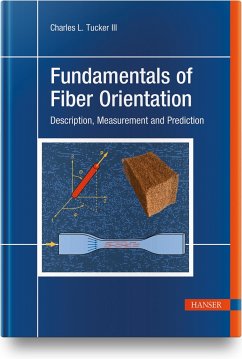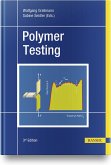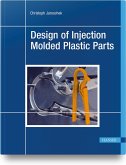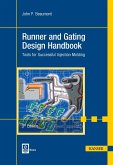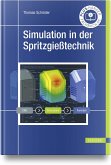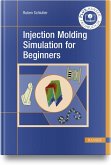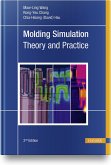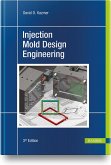Polymers reinforced with discontinuous fibers have a wide range of important applications such as in automotive parts and business machines. The flow that occurs during processing of these materials creates a complex but repeatable pattern of fiber orientation, which plays a key role in achieving the desirable mechanical properties these materials can offer.
The primary focus of this unique book is fi ber orientation: how to describe it mathematically, how to measure it experimentally, and how to predict it using models available in commercial software. The book also covers the description, measurement, and modeling of fiber length, another important variable that can be predicted by commercial software. The connection between fiber orientation and mechanical properties is explained, as is the relationship between fiber orientation and rheological properties in the fluid state. "Fundamentals of Fiber Orientation" focuses on the models used in current engineering practice, but also discusses topics from current research that could transition to engineering practice soon.
For practicing engineers, this book teaches the fundamentals needed to understand data, set up meaningful simulations, and interpret results. The book provides a thorough, organized overview of the field, and will also be a valuable resource to those undertaking research in this area. Free MATLAB software implementing the models discussed in the book is provided online.
Contents:
Introduction
Describing Fiber Orientation and Fiber Length
Measuring Fiber Orientation and Length
Flow Orientation of Single Fibers
Flow Orientation of Groups of Fibers
Suspension Rheology and Flow-Orientation Coupling
Fiber Length Degradation during Processing
Mechanical Properties and Orientation
Current and Future Trends
Appendices
Hinweis: Dieser Artikel kann nur an eine deutsche Lieferadresse ausgeliefert werden.
The primary focus of this unique book is fi ber orientation: how to describe it mathematically, how to measure it experimentally, and how to predict it using models available in commercial software. The book also covers the description, measurement, and modeling of fiber length, another important variable that can be predicted by commercial software. The connection between fiber orientation and mechanical properties is explained, as is the relationship between fiber orientation and rheological properties in the fluid state. "Fundamentals of Fiber Orientation" focuses on the models used in current engineering practice, but also discusses topics from current research that could transition to engineering practice soon.
For practicing engineers, this book teaches the fundamentals needed to understand data, set up meaningful simulations, and interpret results. The book provides a thorough, organized overview of the field, and will also be a valuable resource to those undertaking research in this area. Free MATLAB software implementing the models discussed in the book is provided online.
Contents:
Introduction
Describing Fiber Orientation and Fiber Length
Measuring Fiber Orientation and Length
Flow Orientation of Single Fibers
Flow Orientation of Groups of Fibers
Suspension Rheology and Flow-Orientation Coupling
Fiber Length Degradation during Processing
Mechanical Properties and Orientation
Current and Future Trends
Appendices
Hinweis: Dieser Artikel kann nur an eine deutsche Lieferadresse ausgeliefert werden.
"The primary focus of this unique book is fiber orientation: how to describe it mathematically, how to measure it experimentally, and how to predict it using models available in commercial software. The book also covers the description, measurement, and modeling of fiber length, another important variable that can be predicted by commercial software. The connection between fiber orientation and mechanical properties is explained, as is the relationship between fiber orientation and rheological properties in the fluid state. 'Fundamentals of Fiber Orientation' focuses on the models used in current engineering practice, but also discusses topics from current research that could transition to engineering practice soon." Technical Gazette, 30, 6(2024)

